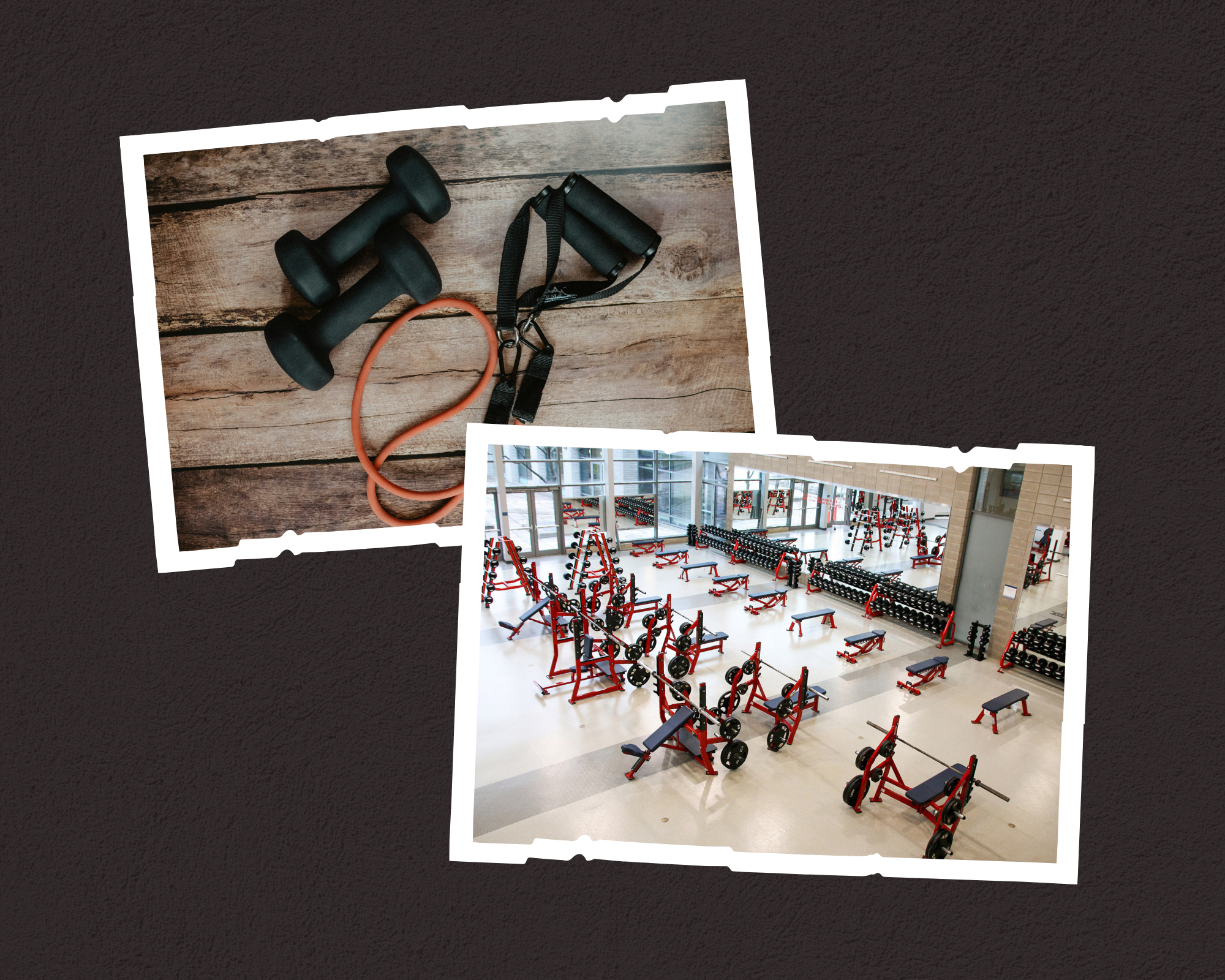Sports occupy a unique place in daily life, not only as a competition, but as a means of bringing people together. Whether on campus or in local communities, the act of playing, watching or even talking about sport establishes connections that might not otherwise form. Its value is not limited to athletic performance; it also functions as a social language, a shared practice that connects backgrounds, interests and identities.
At universities, sport is often one of the most immediate ways students find community. Intramural leagues and recreational programs provide low-stakes opportunities to meet peers outside of lecture halls. A student who signs up for any sport may join with strangers, but by the end of a season they will have built friendships through teamwork as well as shared victories and losses. These settings help reduce the isolation that can accompany the transition into higher education, especially for first-year students who are adapting to new academic and social environments.
Varsity athletes also play a unifying role. Students who may not compete themselves still gather at games, showing school spirit by supporting their team. These events create a sense of collective identity where the act of supporting a team becomes shorthand for belonging to the university. Participation in or connecting to sport on campus contributes to school pride and a stronger sense of community, which are outcomes that extend beyond the field or court.
In everyday life, sport continues to serve as a connector between people from different walks of life. Local leagues and fitness classes often become social hubs where participants range widely in age, occupation and background, but share a commitment to the same activity. A weekly hockey game or running group can anchor friendships that stretch far beyond sport itself, creating networks of support in other areas of life.
Spectatorship plays a similar role. The shared experience of watching a professional team, whether at a stadium or on television, allows people to feel like part of a collective. Even casual conversations about last night’s game operate as a kind of cultural currency, a way to connect with colleagues, neighbors or classmates who might otherwise have little in common.
Sport’s power as a connector is also evident in its ability to cut across cultural and linguistic divides. International tournaments like the Olympics or the World Cup provide moments where national communities rally together, while also creating interactions between fans across borders. On a smaller scale, university teams that feature international athletes bring new perspectives into campus culture, with teammates learning from one another both on and off the playing surface.
The connective function of sport lies not in the scoreboard, but in the relationships it generates. In university, it eases transitions, creates identity and fosters friendships. In everyday life, it builds community, sparks conversation and bridges differences. Sport is as much a social practice as it is a physical one, sustaining ties that endure long after the game has ended.

